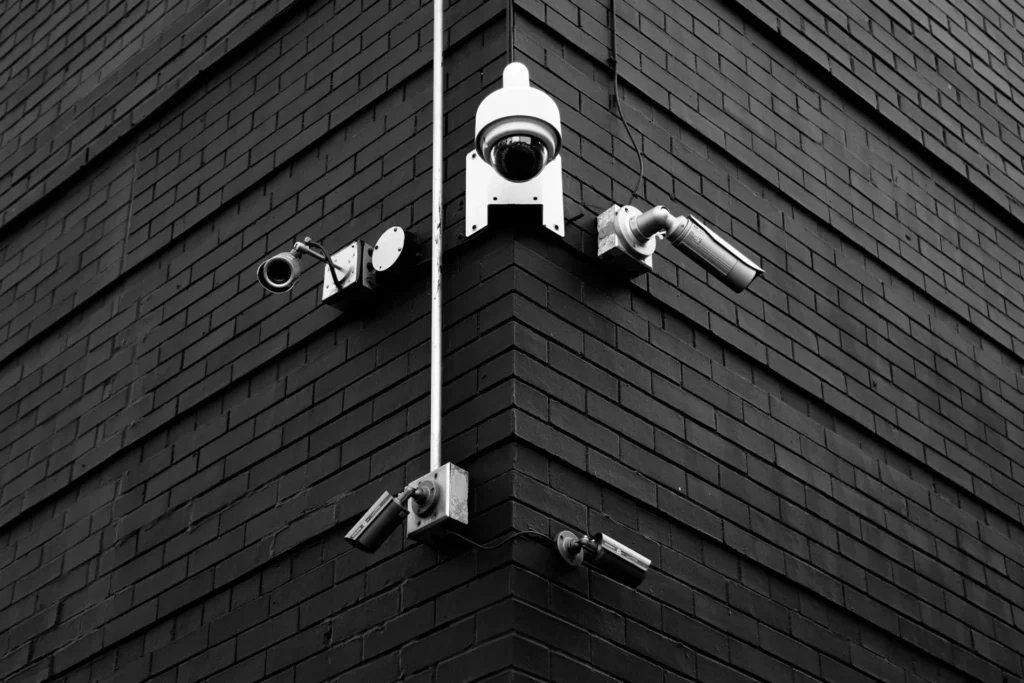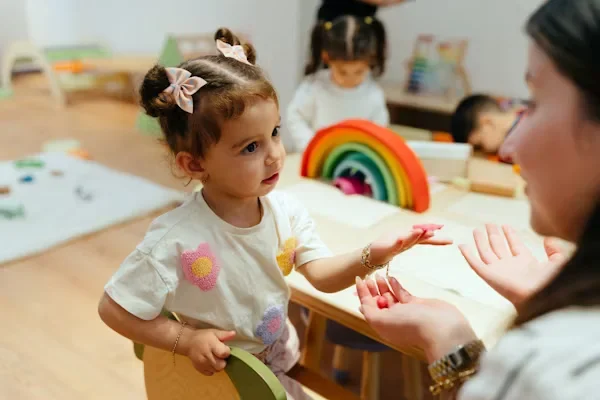Disclaimer: The information provided in this article is for general informational purposes only and does not constitute professional advice, diagnosis, or endorsement. While we strive to offer accurate and up-to-date guidance, every child care facility is different, and individual needs may vary. Parents and guardians are encouraged to conduct their own research and consult with licensed professionals when making decisions regarding child care. We do not endorse any specific facility mentioned and are not responsible for the quality or performance of any services discussed.
Choosing the right nursery care facility on campus for a little one is a crucial decision that can impact growth, learning, and overall well-being. It’s essential to evaluate various factors to make sure the right environment is provided, one that supports emotional security, cognitive development, and social interaction. Here are seven valuable tips to consider when evaluating the facility for babysitting on campus.
1. Safety and Security Measures

The facility should have clear and effective security protocols in place. This includes a secure entry system, staff background checks, and surveillance cameras to monitor activities. Also, the campus should be childproofed, with safety measures such as gate closures on stairways and safe furniture. Confirm that the staff are trained in first aid and CPR, so a quick response is possible in case of an emergency.
Look for visible signage for emergency exits and evacuation plans throughout the campus. Ask how often safety drills are conducted, including fire and lockdown procedures. A truly secure Babysitting campus facility will have updated emergency contact systems and protocols for parental notifications.
2. Staff Qualifications and Training
A strong campus-based toddler care facility ensures that caregivers possess the necessary education and certifications in early childhood education or related fields. Plus, professional development should be encouraged.
Engaging with teachers gives insight into whether they are passionate and dedicated to nurturing young learners.. It’s also important to inquire about staff retention rates, as a stable team provides continuity and stronger bonds with the children.
3. Cleanliness and Hygiene Standards

When touring the campus, pay attention to cleanliness in both indoor and outdoor areas. Toys and furniture should be sanitized regularly to reduce the spread of germs. Restrooms and kitchen areas should be spotless. Regular deep cleaning procedures should be in place, especially in high-traffic zones. Both staff and children should observe proper hand-washing routines to promote hygiene.
Verify whether the facility utilizes child-safe, non-toxic cleaning products to maintain a healthy environment. It’s also a good sign if the staff follow a visible cleaning schedule posted for parents to see.
4. Child-Centric Learning Approach
Remember, a good facility offering Toddler care on campus should foster an environment where learning happens naturally. Reservoir Child Care Campus, for example, emphasizes a well-rounded approach tailored to each child’s age and developmental stage. Make sure the facility’s learning style aligns with your child’s age and developmental needs. Look for a mix of creative activities like art, along with activities that develop cognitive skills, like:
- Puzzles
- Storytelling
5. Nutritional Quality of Meals

Healthy meals and snacks are a critical part of a child’s well-being. The best toddler care campuses often provide balanced meals that cater to dietary needs. Ask about the types of meals served during the day. If meals are prepared on-site, inquire about the kitchen’s cleanliness and food preparation standards. Some campuses may even offer nutrition programs to educate children about healthy eating habits.
Additionally, check if they accommodate food allergies and special dietary requirements to ensure every child’s health needs are met. It’s also helpful to know if the meals are sourced from local, organic suppliers.
6. Positive and Nurturing Atmosphere
The campus should have a welcoming space where children feel encouraged. See the interactions of staff and your children during a visit. A strong connection between children and caregivers is a sign of a nurturing environment. Also, it is beneficial to note how the campus handles behavioral issues. According to GivingCompass, Nursery care centers that implement positive reinforcement strategies can have a significant impact on improving child behavior, guiding children in making better choices.
7. Parent Involvement and Communication
Effective communication between parents and the toddler care facility is key to ensuring a smooth partnership. A top-tier campus will offer regular updates on the child’s progress and daily activities. This includes newsletters or a digital platform where updates and photos are shared. Finding a facility that values open communication fosters trust, creating a strong support system for the child’s development.
Ask about the frequency of parent-teacher meetings to discuss any concerns or progress. It’s also helpful if the facility has a clear communication protocol for emergencies or important updates. A facility that actively engages parents helps create a sense of community.
Smart Choices Today, Bright Futures Tomorrow!
Choosing a nursery care campus facility doesn’t have to feel overwhelming. By considering these tips, it becomes easier to find a place where the child will thrive. Don’t forget to ask about the food provided, how the facility fosters emotional growth, and how communication is handled. With careful evaluation, the right decision can be made, ensuring a nurturing space that supports the child’s well-being.












